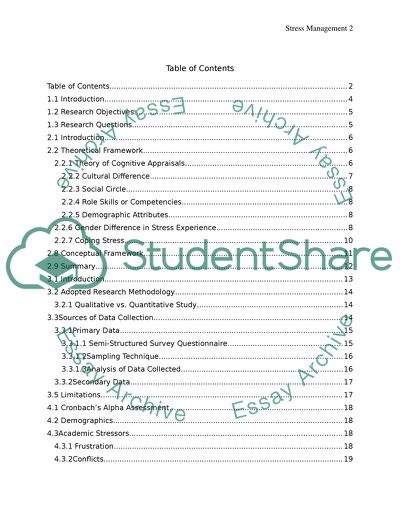Cite this document
(“Factors of Stress among International Students in University of South Essay”, n.d.)
Factors of Stress among International Students in University of South Essay. Retrieved from https://studentshare.org/education/1484237-the-analytical-study-of-factors-of-stress-among
Factors of Stress among International Students in University of South Essay. Retrieved from https://studentshare.org/education/1484237-the-analytical-study-of-factors-of-stress-among
(Factors of Stress Among International Students in University of South Essay)
Factors of Stress Among International Students in University of South Essay. https://studentshare.org/education/1484237-the-analytical-study-of-factors-of-stress-among.
Factors of Stress Among International Students in University of South Essay. https://studentshare.org/education/1484237-the-analytical-study-of-factors-of-stress-among.
“Factors of Stress Among International Students in University of South Essay”, n.d. https://studentshare.org/education/1484237-the-analytical-study-of-factors-of-stress-among.


